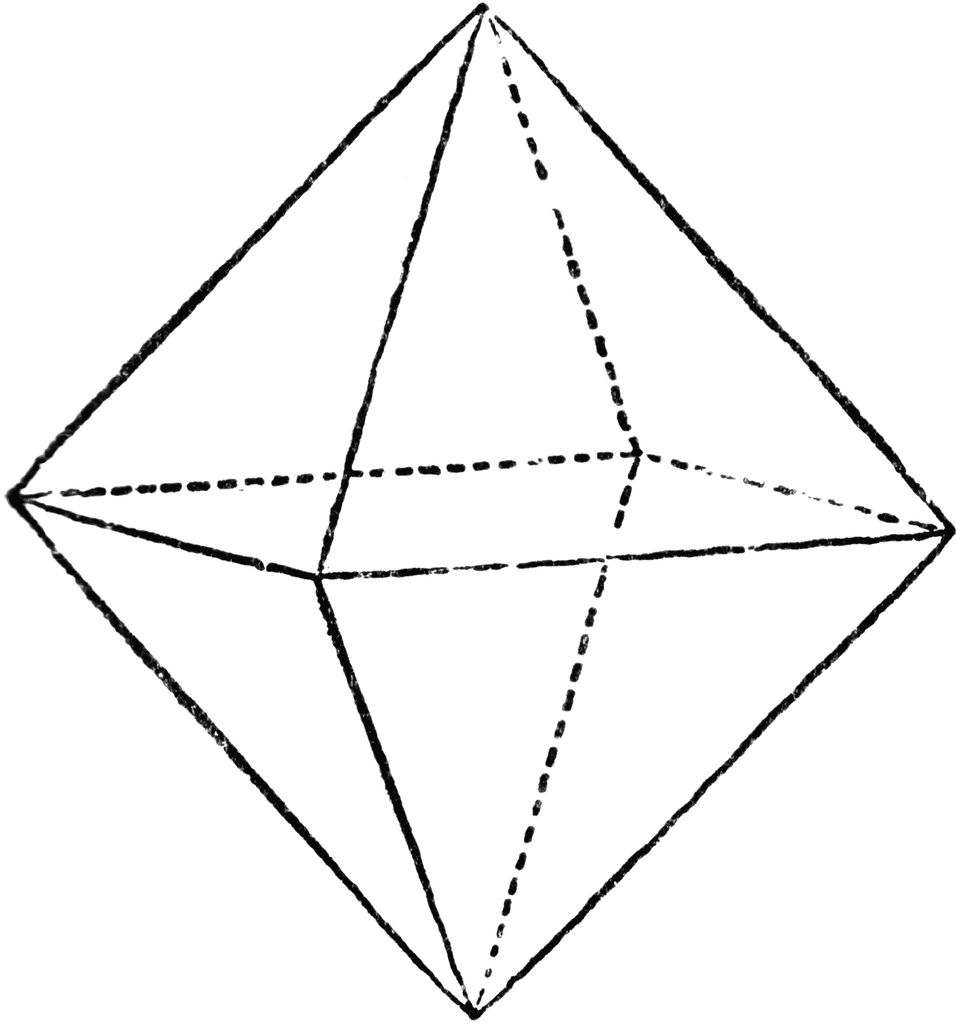MARIA EUGENIA MOYA
Volume Formula for an Octahedron
Neon, mirror, canvas and fresnel installation
2014
Concurso de Arte Contemporaneo Joven
Centro Cultural Ricardo Palma
In this project rather than using lines to create a two dimensional image that emulates an object (as in figure drawing), the flat image is created through air, space, and objects reflecting and focusing in an ephemeral and intangible geometrical shape that is in it’s essence three-dimensional: the octahedron. The lines that make up the shape have been divided and made into differently coloured neon lights. Each of these neons are located in front of mirrors which face in turn two fresnel lenses each and one single canvas. The images from the neon lights reflect on the mirrors, then focus through the lenses and finally meet at the centre of the canvas, forming thus the light drawing of the octahedron.
The nature of creation of the final image generates an ad-infinitum discourse between the parts of the installation reaching at some points to an understanding of the space and then back to the initial confusion (so particular to the impossibility of comprehension of ones self). The octahedron being the Platonic shape for air suggests how the image is created through air in a somewhat mystical way. The title of the piece underlines the fact that there is a volume but it is not the volume of the octahedron’s shape but the volume of the area required for the reflection of the light drawing. Therefore the real formula is not the mathematical one but the positioning of the objects so that the image is visible.
The spatiality of the installation allows the viewer to move through it. In this way by becoming an obstacle in the way of the light rays, the observer discovers and understands how the optics in the installation work. It is through human interaction that the piece becomes a large “philosophical toy”. Scientific comprehension is achieved through its ludic appeal.
This installation is a physical allegory of the human incapacity for comprehension of the totality of one’s self. Human beings develop naturally different personas depending on the social context. This is a socialization theory rather well known. However, people create alter egos and false selves that are in themselves complex and three-dimensional. Reality is objective but our perception of it varies depending not only on point of views but on the refraction and projection of one’s own image or the landscape that surrounds us.


 |  |  |
|---|---|---|
 |  |  |
 |  |  3D sketch of installation |